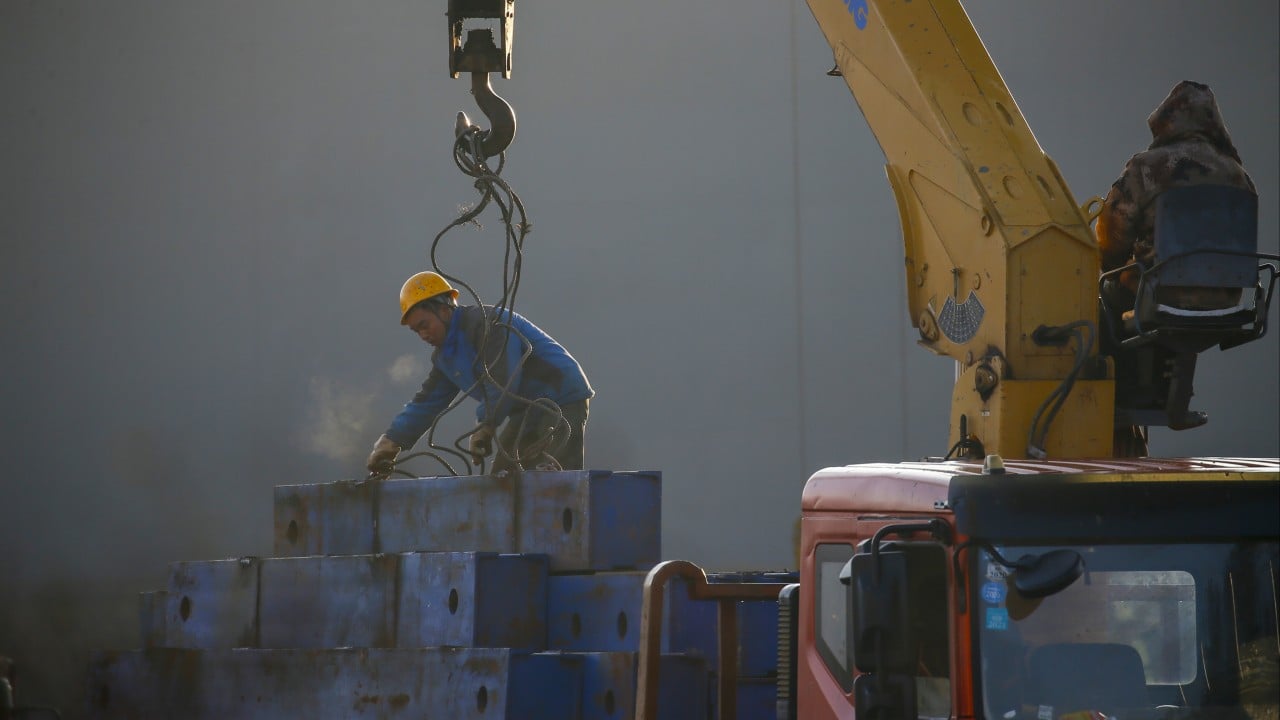Necessary upgrades to China’s ageing urban infrastructure could see China spend upwards of 4 trillion yuan (US$551 billion) over the next five years, while technology-focused projects such as data centres and AI-related advancements are among the future-facing industries that also hold immense potential for increased investment funds, according to the country’s top economic planner.
Advertisement
As a critical part of a city’s “hidden infrastructure”, renovations and upgrades of urban underground pipelines – covering gas; water supply and drainage; and heating systems – are substantial undertakings with immense investment needs, said Zhao Chengfeng, deputy director of the investment department at the National Development and Reform Commission.
“Estimates suggest that, over the next five years, China will require approximately 4 trillion yuan in investment in these areas,” he was quoted by Xinhua as saying at a round-table event on Monday.
And he touched on how China also has substantial investment potential in technological innovations and industrial upgrades, pointing specifically to quantum technology, artificial intelligence, and the low-altitude economy – a surging growth engine involving drones and flying cars – as rapidly developing future industries, without providing their estimated demand size.
As China’s economic growth rate slows amid weakened spending and consumption demands, coupled with a prolonged property crisis, infrastructure investment remains one of the available tools for the country’s leadership to prop up growth and support economic stability while also boosting long-term growth prospects by addressing structural weaknesses. Large-scale construction projects also fuel job growth while driving demand for materials and services.
Zhao explained that China has allocated around 6 trillion yuan in government investment funds this year, including 700 billion yuan from the central government budget, 1 trillion yuan in long-term special treasury bonds, 3.12 trillion yuan in local government special bonds earmarked for project construction, and an additional 1 trillion yuan in treasury bonds issued in 2023 that are primarily being utilised this year.


.jpg?itok=pf9RvpV2)